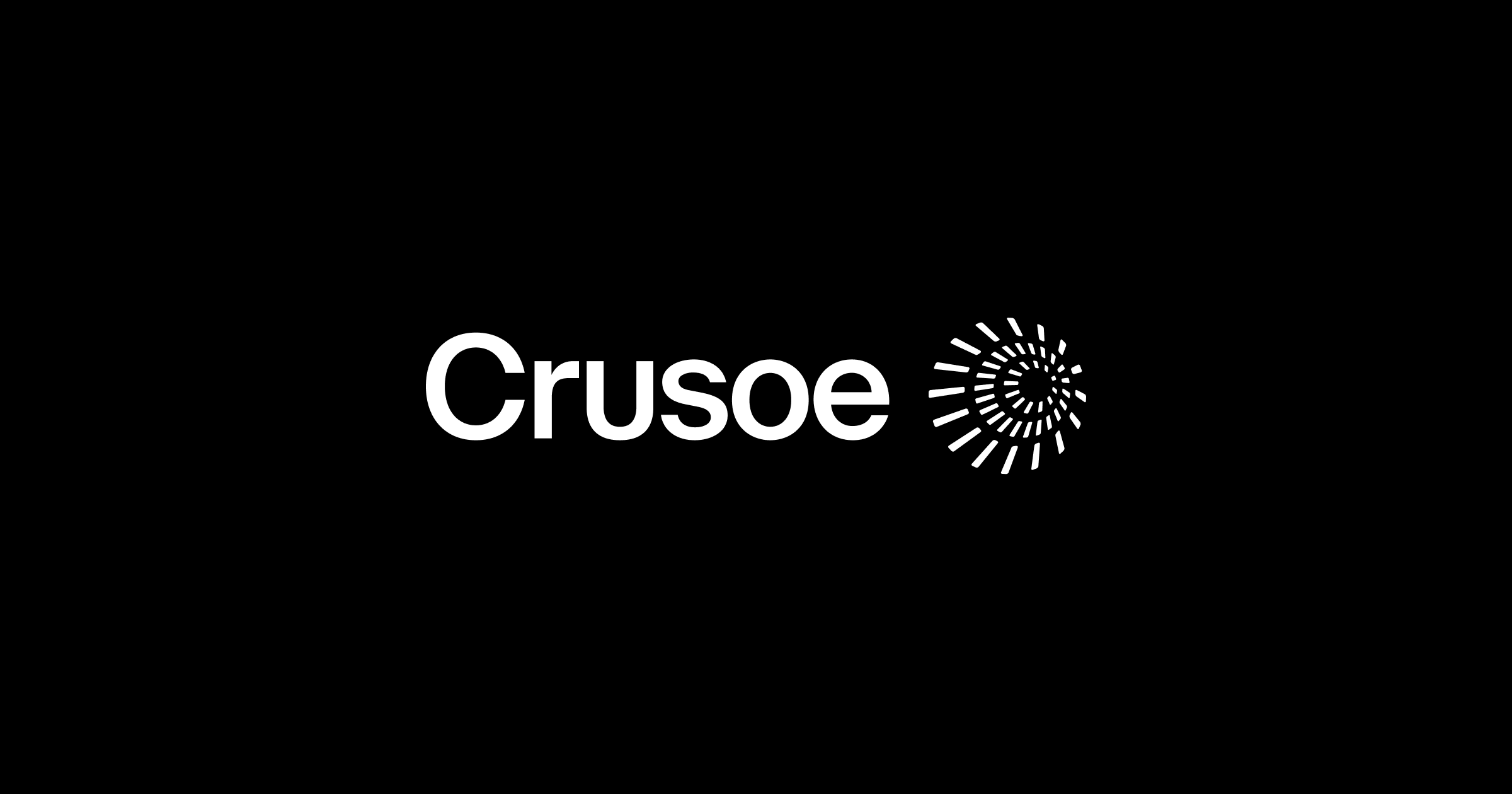The Wall Street Journal: AI’s power-guzzling habits drive search for alternative energy sources
The AI boom and strains on the country’s electric grid are making nontraditional energy sources like flared gas and nuclear more attractive to cloud providers and data center operators
%20(1).webp)
By: Belle Lin
The immense amount of energy needed to power generative artificial intelligence models, like the one behind ChatGPT, is creating a new market for data centers that run on alternative energy sources.
Supply of electricity, which currently powers the vast majority of data centers, is already strained from existing demands on the country’s electric grids. AI could consume up to 3.5% of the world’s electricity by 2030, according to an estimate from IT research and consulting firm
Driven by energy demands and sustainability goals, Amazon.com, Microsoft and Google were among the first to explore an array of nontraditional energy sources, including wind and solar, to power their data centers. Now those companies and some newer players are looking at an even wider range of sources, including geothermal, nuclear and flared gas, a byproduct of oil production.Exafunction, maker of the Codeium generative AI-based coding assistant, sought out energy startup Crusoe Energy Systems for training its large-language models because it offered better prices and availability of graphics processing units, the advanced AI chips primarily produced by Nvidia, said the startup’s chief executive, Varun Mohan.Geothermal power, which taps heat under the earth’s surface, is available around the clock and not dependent on weather.
Denver-based Crusoe, which began as a cryptocurrency mining operation, converts flared gas—which is burned natural gas from the oil production process—into electricity that powers its data centers. The company launched its cloud service in 2022, focused on AI, because it is the most energy-intensive service that runs on the cloud, said co-founder and CEO Chase Lochmiller. The vast majority of its customers are AI startups, it said.Crusoe has over 100 small, modular data centers built on-site at oil wells in states such as North Dakota, Colorado and Wyoming, where the company said it buys gas at low cost and has immediate access to it. Oil producers typically burn natural gas if they don’t have access to storage or a pipeline to transport it to market. Burning is a cheaper and easier way of handling that gas, but it emits methane that isn’t fully combusted.“Our innovation was that instead of trying to take that gas and get it to a market, which is economically infeasible and noncompetitive, is there a way that we could actually take a market to that gas?” Lochmiller said. Crusoe said it burns natural gas through so-called stoichiometric combustion, which can achieve 99.9% methane reduction compared with 91.1% through traditional means. The startup says it has mitigated more methane than it has produced—and has lessened demand on power grids—but critics point to the fact that its strategy relies on the extraction and use of fossil fuels, which harm the environment. The company is also pursuing nuclear, geothermal, solar and wind energy to power its data centers, Lochmiller said. AI startups are typically looking for five to 25 megawatts of data center power, or as much as they can get in the near term, according to Pat Lynch, executive managing director for commercial real-estate services firm CBRE’s data center business. Crusoe will have about 200 megawatts by year’s end, Lochmiller said. Training one AI model like OpenAI’s GPT-3 can use up to 10 gigawatt-hours, roughly equivalent to the amount of electricity 1,000 U.S. homes use in a year,
University of Washington research estimates.Major cloud providers capable of providing multiple gigawatts of power are also continuing to invest in renewable and alternative energy sources to power their data centers, and use less water to cool them down. By some estimates, data centers account for 1% to 3% of global electricity use.An Amazon Web Services spokesperson said the scale of its massive data centers means it can make better use of resources and be more efficient than smaller, privately operated data centers. Amazon says it has been the world’s largest corporate buyer of renewable energy for the past three years.Jen Bennett, a Google Cloud leader in technology strategy for sustainability, said the cloud giant is exploring “advanced nuclear” energy and has partnered with Fervo Energy, a startup beginning to offer geothermal power for Google’s Nevada data center. Geothermal, which taps heat under the earth’s surface, is available around the clock and not dependent on weather, but comes with high risk and cost.“Similar to what we did in the early days of wind and solar, where we did these large power purchase agreements to guarantee the tenure and to drive costs down, we think we can do the same with some of the newer energy sources,” Bennett said.
OpenAI CEO Sam Altman is an investor in Oklo, a nuclear-fission startup building small-scale power projects. “The AI systems of the future will need tremendous amounts of energy and this fission and fusion can help deliver them,” Altman told The Wall Street Journal in July.Such “mini nuclear reactors” are an early test of the scalability of nuclear-powered data centers, though many experts say they won’t be available until later this decade. In October, data center developer Standard Power said it plans to build two small nuclear reactor-powered facilities in Ohio and Pennsylvania that will generate nearly 2 gigawatts of energy by 2029. The developer is working with NuScale Power, a small modular reactor technology provider that has received U.S. regulatory approval.
Microsoft, OpenAI’s partner and largest backer, similarly said a global clean energy supply is needed to meet AI’s increased consumption demands, but didn’t specify where it would come from. A spokesperson said Microsoft is investing in research to measure AI’s energy use and carbon impact, and is working on ways to make large systems more efficient.The broader data center market, facing tough times before the pandemic, has recently seen strong growth due to the AI boom, competition among cloud providers and tighter supply. Data center construction reached an all-time high in the first half of 2023, CBRE said.AI and computing requirements from cloud and internet-connected devices will keep pushing demand for data centers higher, said Gordon Dolven, director of CBRE’s Americas data center research. Yet energy sources like nuclear aren’t capable of solving near-term shortages, said CBRE’s Lynch.Existing efficiency improvements won’t be enough to meet the growing size of AI models and demand for computing, according to the International Energy Agency, a Paris-based group of some of the world’s biggest energy users. As more people use ChatGPT, AI’s energy demands will accelerate, causing net growth in AI-related energy use in subsequent years, the IEA said.
Link to Original Wall Street Journal article: https://www.wsj.com/articles/ais-power-guzzling-habits-drive-search-for-alternative-energy-sources-5987a33a
Write to Belle Lin at belle.lin@wsj.com


